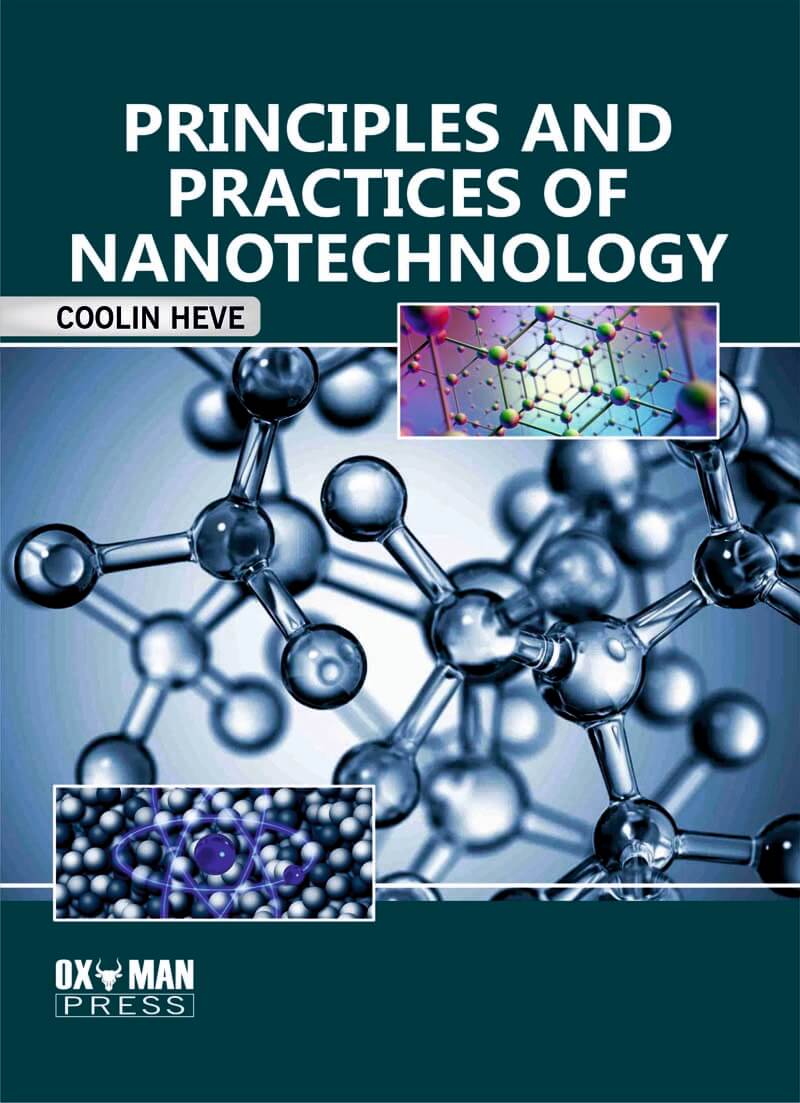Principles And Practices of Nanotechnology
| ISBN | 9781778807424 |
|---|---|
| Author | Coolin Heve |
| Publisher | OXMAN PRESS |
| Publication Year | 2023 |
| Category | Nanotechnolgy |
| Price | $184.00 |
Coolin Heve is the head of the department of electronic engineering and professor of control and systems engineering. Prior to that, he worked with 13 industrial partners to establish a five-year research programme on advanced robotics through the government-sponsored National Advanced Robotics Research Centre. Coolin Heve was the industrial consortium's principal board member, its research director, and the chair of its technical committee. He is a participant in the International Conference on Advanced Robotics' permanent international committee. Lence Neymar is a Professor of Control and Robotics. He serves as the Robotics and Automation Society's president. He was the International Foundation for Robotics Research's President. The Japan Robot Association Award for Research and Development went to Lence Neymar. His research interests span all facets of robotics, with a focus on dextronus manipulator design, tactile sensing and feedback with multiple functions, and novel actuator design, with telepresence as the field's principal application. He has written for more than 50 magazines.
